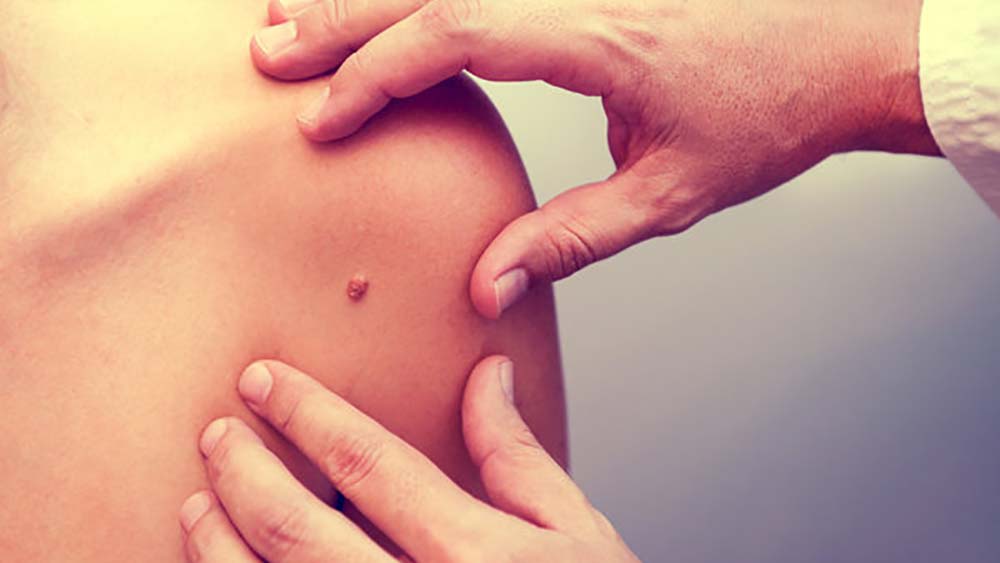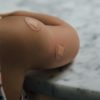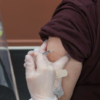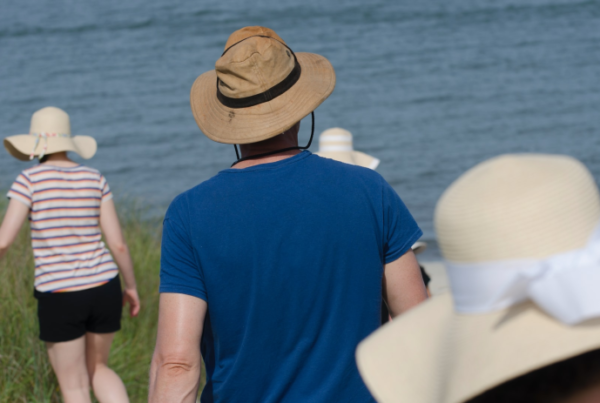
O’Connell St Clinic is excited to introduce the newest member of our team – Dr Stan Green. Stan has over 30 years experience in the field of skin cancer medicine. Through his clinic, the Sydney City Skin Cancer Clinic, Stan uses the most advanced examination and treatment methods.
What is Skin Cancer?
Over 400,000 people are treated for skin cancer each year, making it the most commonly diagnosed cancer in Australia. It is important to take extra care of your skin, and recognise any changes. The sooner a skin cancer is identified and treated, the better your chance of avoiding the need for extensive treatment. Stan, or the other doctors at O’Connell St Clinic, are able to discuss your level of risk and provide for advice on early detection. It is important to get to know your skin and what is normal for you. This is so you notice any changes early, which leads to a better outcome. Skin cancers rarely cause pain, and are much more frequently seen rather than felt.
Skin is made up of cells: basal cells, squamous cells and melanocytes (pigment producing cells). The skin cancer types are named after the cell in which it develops:
- Basal cell carcinoma,
- Squamous cell carcinoma
- Melanoma
Melanoma is the most serious of the three main types. However if detected early, this could lead to a good prognosis.
Skin cancer generally stands out as being quite different to surrounding skin. If a spot strikes you as being a bit odd, take it seriously, as skin cancer mostly appears as a new and unusual looking spot. It may also appear as an existing spot that has changed in colour, size or shape. This is why developing a regular habit of checking for new spots and changes to existing freckles or moles is extremely beneficial in early detection.
Some helpful tips for checking your skin are:
- Make sure you check your entire body as skin cancers can sometimes occur in parts of the body not exposed to the sun, such as soles of the feet, between fingers and toes, and under nails.
- Undress completely and make sure you have good light.
- Use a mirror to check hard to see spots, like your back and scalp. Or, get a family member, partner or friend to check it for you.
Check your skin regularly, and if you notice any unusual skin changes, contact our clinic to organise a consultation with one of our doctors. Changes to take notice of include:
- a lesion that doesn’t heal,
- a mole that has suddenly appeared, changed in size, thickness, shape, colour or has started to bleed.
Treatment is more likely to be successful if skin cancer is discovered early.
About Dr Stan Green
Dr Stan Green is the principal doctor at Sydney City Skin Cancer Clinic, and practises exclusively in this area. Qualifying as a medical practitioner in 1974, he has a Certificate in Skin Cancer Medicine and Surgery, as well as a Certificate in Dermoscopy from the Skin Cancer College Australasia. He also holds a Certificate in Primary Care Skin Cancer Surgery from The University of Queensland.
Stan can perform a thorough skin assessment, using specialised techniques such as polarised light and dermatoscopy. If necessary, various surgical and non-surgical treatments are available, including cryosurgery (freezing), curette and cautery, and chemotherapy creams.
Dr Green and our team of doctor’s are available to provide extensive skin checks if you are at all concerned about your skin. To book an appointment for a skin check with Dr Stan Green, or any of our experienced GP’s, please click here.







